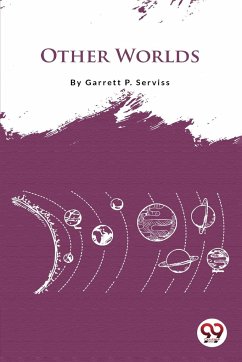In this book author says that humans always keen to know about the hidden facts of surrounding world. The secrets of the universe are the most inquisitive part of the scientific study. Author brings in light some recent discoveries about the other planets of the solar system. The existence of the life is the most fascinating question. Author explains the similarities and differences between life on earth and some other planets of the solar system. In an interesting manner, he illustrates possibilities of experiences that we would share while our visit. He clears the vision that to observe the planets only large telescope is not needed but clear and calm air is essential. In South America atmospheric condition is very good to observe these planets and predicts the possibilities of life over there. It opens the wings of imagination and shows the prospects of interplanetary communication. It also gives the view that inhabitants of other planets behave with us.
Hinweis: Dieser Artikel kann nur an eine deutsche Lieferadresse ausgeliefert werden.
Hinweis: Dieser Artikel kann nur an eine deutsche Lieferadresse ausgeliefert werden.








